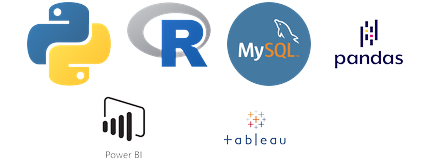A topic cluster is a content strategy model used in search engine optimization (SEO) where a central topic (pillar content) is surrounded by multiple related subtopics (cluster content). This model aims to create a strong internal linking structure that enhances the website’s authority on a given subject, improves user experience, and boosts search engine rankings.
Components of a Topic Cluster
- Pillar Content: The comprehensive, authoritative guide on a broad topic that provides an overview and links to more detailed articles on subtopics.
- Cluster Content: Detailed, specific pieces of content that cover various subtopics related to the central topic. Each piece of cluster content links back to the pillar content and vice versa.
Example of a Topic Cluster
Central Topic (Pillar Content): “Comprehensive Guide to Digital Marketing”
Related Subtopics (Cluster Content):
- SEO Basics: An in-depth article on the fundamentals of SEO, linking back to the “Comprehensive Guide to Digital Marketing”.
- Content Marketing Strategies: Detailed strategies on content marketing, linking back to the central guide.
- Social Media Marketing: Insights on using social media for marketing, linking to the main guide.
- Email Marketing Best Practices: Best practices for email marketing campaigns, linking back to the comprehensive guide.
- Paid Advertising: An article on different types of paid advertising and their effectiveness, linking to the central guide.
- Analytics and Reporting: Methods and tools for analyzing marketing performance, linking back to the guide.
- Influencer Marketing: How to use influencers for marketing, with a link back to the main guide.
Visualization of a Topic Cluster
Pillar Content
(Central Topic)
/ | \
-------------- ---------------
/ | \ / | \
Cluster Content 1 Cluster Content 2 Cluster Content 3
(Subtopic) (Subtopic) (Subtopic)
Benefits of Using Topic Clusters
- Improved SEO: The internal linking structure helps search engines understand the relationship between different pieces of content, enhancing the site’s overall authority and ranking.
- Enhanced User Experience: Visitors can easily find in-depth information on a topic and navigate between related subtopics, increasing engagement.
- Content Organization: A clear, organized content strategy helps ensure comprehensive coverage of a topic and prevents content duplication.
- Authority Building: By covering a topic extensively and linking related articles, a website can establish itself as an authoritative source on the subject.
Example in Practice
Let’s consider a website focused on fitness:
Pillar Content: “Ultimate Guide to Fitness”
Cluster Content:
- Strength Training: Articles on strength training routines, benefits, and tips, linking back to the “Ultimate Guide to Fitness”.
- Cardio Workouts: Detailed guides on different types of cardio workouts and their benefits, with links to the central guide.
- Nutrition for Fitness: In-depth content on diets, meal plans, and nutritional advice for fitness enthusiasts, linking to the main guide.
- Flexibility and Mobility: Articles on the importance of flexibility and mobility exercises, with links to the comprehensive guide.
- Fitness Gear and Equipment: Reviews and recommendations for fitness gear and equipment, linking back to the main guide.
- Mental Health and Fitness: Articles discussing the connection between mental health and physical fitness, linking to the central guide.
- Workout Recovery: Detailed guides on recovery techniques and their importance, linking back to the main guide.
In this model, the “Ultimate Guide to Fitness” serves as the authoritative source, with each piece of cluster content providing detailed information on specific aspects of fitness, all interconnected through internal links.

